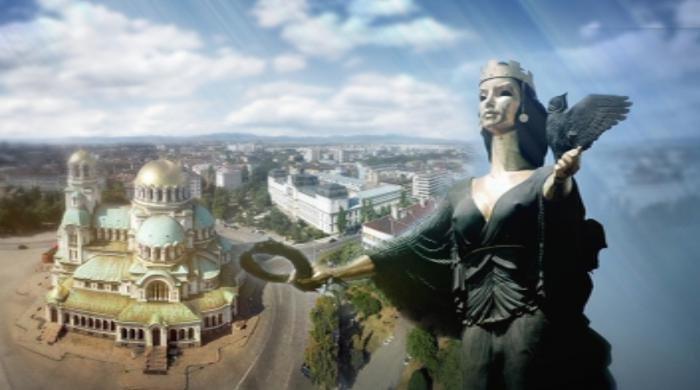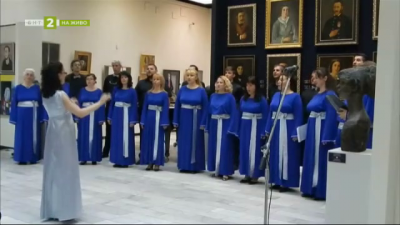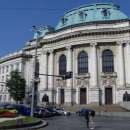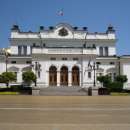Sofia marks 143 years since becoming the capital of Bulgaria
Sofia was declared capital of the then Principality of Bulgaria on April 3, 1879, several months after the partial Liberation of the Bulgarian-populated territories ...

Sofia was declared capital of the then Principality of Bulgaria on April 3, 1879, several months after the partial Liberation of the Bulgarian-populated territories from the Ottoman Empire as a result of the Russian – Turkish War of 1877 – 1878.
In 1879, the first urban development plan of Sofia was prepared by the urban engineer S. Amadie. It transformed the way the city looked and largely shaped the appearance of today's city centre.
Some of the most prominent architects and builders of their time were involved in the construction of the new capital - Konstantin Jovanovic - a Viennese architect, originally a Bulgarian, who designed the National Assembly building. The first city architect – the Czech Antonin (Adolf) Kolar, designed the buildings of the Ministry of War, Hotel Bulgaria, the Military Club, etc., and the Swiss Hermann Mayer – the “Slavyanska Besseda” Cultural Centre, the buildings of the Bulgarian Academy of Sciences, the Bulgarian National Bank, and the mausoleum of Prince Alexander Battenberg.
The Austrian Friedrich Günanger designed the Theological Academy (Faculty of Theology) and participated in the reconstruction of the Prince's Palace. Architect Yordan Milanov, who was born in Elena and graduated in architecture in Vienna, prepared the final plan of the Rectorate of Sofia University and supervised its construction.
The Eagles’ Bridge - the symbolic gate of the city - was built in 1891. The architectural plans were prepared by the chief architect of Sofia Arnold Kolar and of Vaclav Prosek. The name of the bridge itself comes from the four statues of eagles on it, which are, symbolically, its protectors and patrons. The Eagles’ Bridge was also built as a symbol of freedom. Diyarbakir prisoners, fighters for religious and national freedom were welcomed here.
After the Liberation from Ottoman Rule, the Provisional Russian Government headed by the Imperial Commissioner Prince Dondukov-Korsakov settled in the city of Plovdiv, where he stayed from June to September 1878. The signing of the Berlin Treaty required the relocation of the government and Prince Dondukov in October of that year moved to Sofia.
According to the decree of Article 4 of the Berlin Treaty, a meeting was to be convened in Turnovo in order to draw up an "Organic Rules of the Principality". The Constituent Assembly also had to resolve the issue of the capital city of Bulgaria.
The idea of Sofia to become the capital of Bulgaria comes from Professor Marin Drinov. His merit for choosing Sofia as the metropolitan city is undeniable. This great Bulgarian scholar, professor at Kharkov University, author of major historical works, during the Liberation War was enrolled in the office of the head of the civil administration in the occupied Bulgarian lands, Prince Cherkaski. In addition, he enjoys the personal sympathies of Prince Dondukov, who treated Drinov with great confidence and listened to his advice.
According to Drinov, the advantages of Sofia for the capital city are several: it is located in the centre of the Bulgarian lands and occupies an important strategic position, being on the most important road on the Balkan Peninsula, which connects Europe with Asia. The city is located in a vast field that provides convenient terrain for expansion. Pernik coal mine is near Sofia, which immediately after the Liberation started to easily and quickly supply coal for the industry, transport and heating.
At the Constituent Assembly meeting in Turnovo on March 22nd (April 4 new calendar) 1879, Nayden Gerov said that "it was necessary to determine the capital of the Principality". Sofia was proposed and no other proposal was made. It was accepted unanimously and with enthusiasm.
In its centuries-old development, Sofia has always played an important role in the history of the Bulgarian lands as a centre, a natural intersection of the roads connecting the East with the West, and the countries north of Bulgaria with those south of it. Sofia is a unique city that grows but does not age and has more than 7,000 years of history.
























